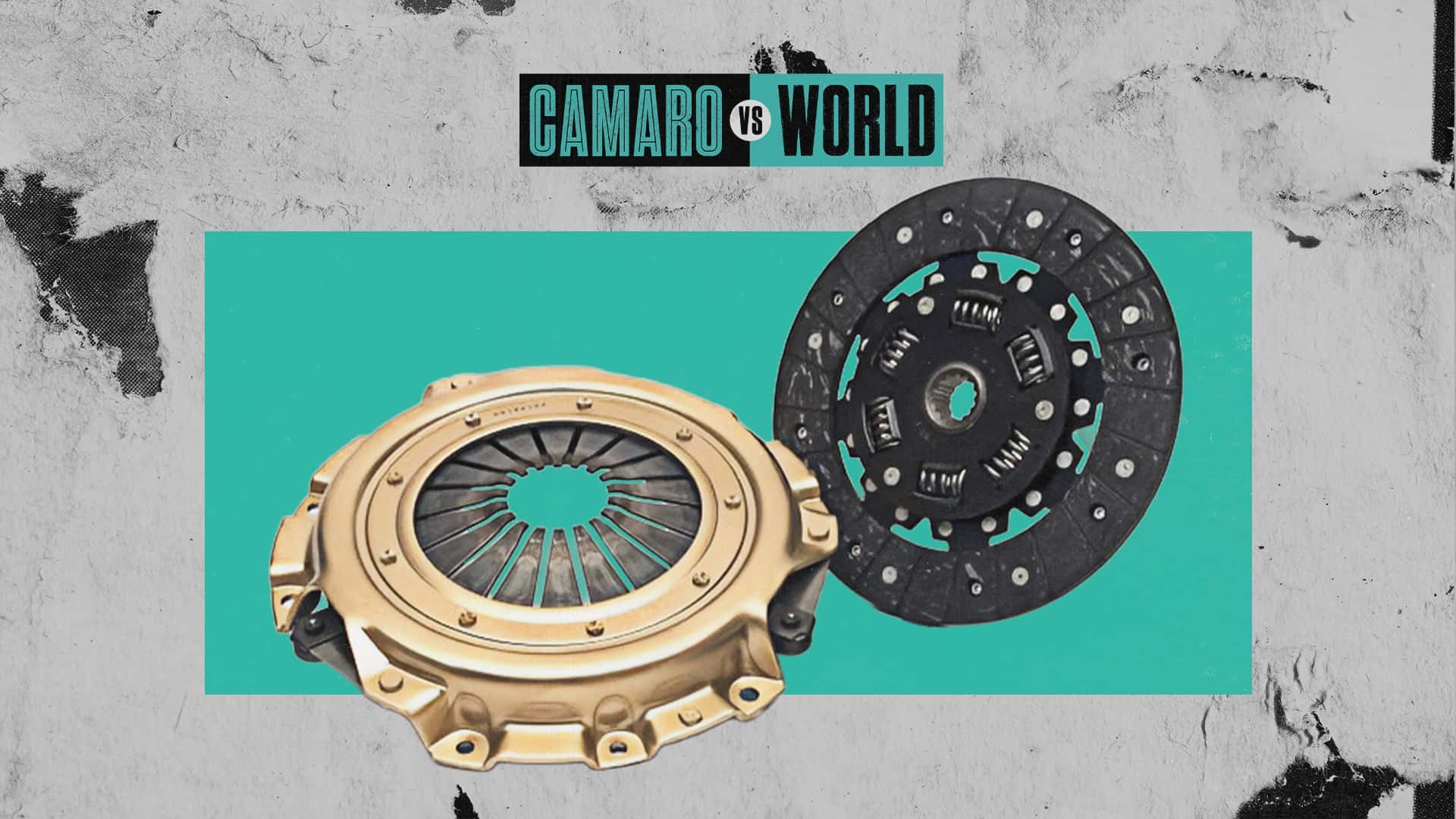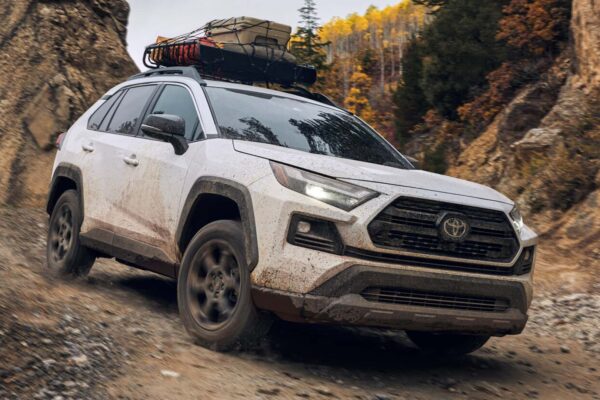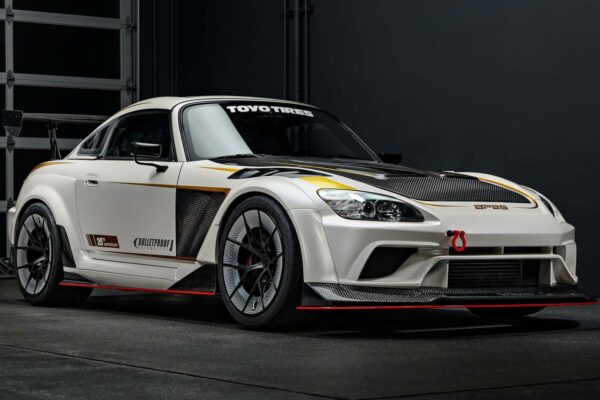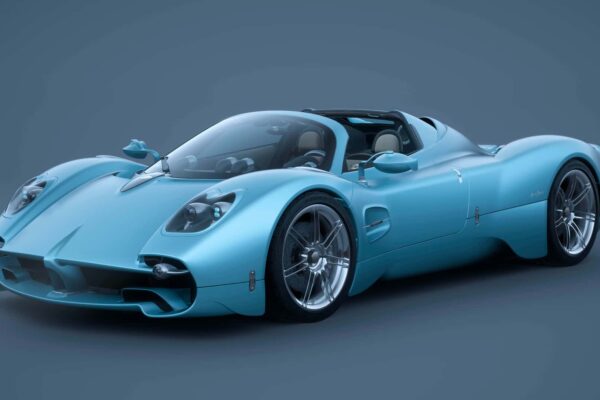When collecting any project car, the angel and Satan are resting on the shoulders of the opposite. The first says that it is easy, spends within the limits of your capabilities, and maintaining your ambition.
“Remember, this is a car on the road. “ Warning a reasonable tone.
The second sound is the chaos agent. He shouts “More “more” In the other ear. More power, more tires, more money, more wonderful.
Our Interior Camaro: Leave a lot of hoops to Unooptie.
Photo: Kyle Kinard / Motor1
To choose the ideal clutch for post -sale, you should respond to both vocalists, and achieve a balance between performance with the chick, while leaving enough space for your project to develop under the line. It is difficult nails, especially with hundreds of literally available options online.
The risks are high, too: You don’t know exactly how the clutch is doing until it is installed on your car. By that time, it is too late to decrease the advice of this devil on your shoulder.
Enter experts in Centerforce clutches. We talked to Senfors Marketing Director, Trent McGe, who went through different types of after -sales clutches and the proper selection process for any project car.
What you will get in the mail from centerforce: some legal packages are seriously.
Photo: Kyle Kinard / Motor1
Cut the fixed McGe for us, and separate the BRO-Science Forum from the lessons you should respond.
In full disclosure, charging CENTERFORCE Holding to us Camaro projects for the worldHomogeneous. But they have my full support, whether they pay the price of the parts or not.
For one, CENTERFORCE is the original American manufacturing. The company is located in Breskot, Arizona, where all research, development and manufacturing is carried out at home. Its prices are amazingly competitive, and when the clutch, the budget wheel, and all the auxiliary ingredients, found that they were wonderfully affected and very well packed. All documents, instructions and devices you need are present in the box.
More than the Ace Pass.
Photo: Kyle Kinard / Motor1
If you have exchanged a project holding a legitimate car before, you know this rarely is the case. I will take an actual review of the same clutch’s performance, as well as look at the installation process, as soon as the CAMARO is turned on. Stay tuned.
But which clutch for choice? CENTERFORCE was a logical place to start. I learned from McGe that centerforce was working to make performance of 42 years – a long (or longer) time than anyone else.
More importantly, CENTERFORCE employees are obsessed with the subject and ready to share this experience. You don’t have to take my words for that. Seriously, just call them the next time you are looking for an clutch; Whether you read about it or not, I will buy the next clutch from centerforce.
Everything in the box is made very well and manufactured.
Photo: Kyle Kinard / Motor1
The following is a question and answer with MCGEE, with comments that apply to choosing any post -sales claw. The main meals are the Legion, but the main point is something that resonates with every decision you will present about the project car: Think strongly how to actually use your car when finishing, then work back from there.
If you do not have an end point from the beginning, you will spend a lot of money by the time you have reached your destination. Whatever the company that decides to purchase, contact them to help direct your decision, with all the following considerations in mind.
Photo: Kyle Kinard / Motor1
(Ed note: We have edited the next conversation of organization, continuity and clarity)
Kyle Kinard, Motor1: Let’s dive from the upper level. What does the clutch do, and why is it very important to choose one for our project cars?
TRENT MCGEE, CENTERFORCE: So in the simplest forms, the clutch is mainly the point of communication between the engine and the carrier. The clutch system itself consists of three basic ingredients. You have a budget wheel, clutch disk, and pressure plate.
The same clutch disk is located between the budget wheel – which is actually connected to the engine – and a pressure plate. The pressure panel is a barrier veil, mainly a large spring.
When you are bodily pushed on the clutch pedal, you pay this spring and participate mainly or dismantle the pressure plate to the clutch disk.
Motor1: This is a brief, good interpretation. We know that there is more than that, but behind the basics, a basic question: How do you choose the right clutch for the project?
MCGEE: Since this decisive connection between the engine and the transmission, it is also necessary to choose the correct clutch for your application.
In, for example, a type of daily driver of the application, you want something nice and smooth, you want something that does not take his left leg his midfielder to involve the clutch or decipher it.
You also do not want the budget wheel that will be floundering. You want to be able to stay away from street light or a stop mark, not a back. But there are a lot of bodies when choosing a clutch.
You can get this soft soft smooth post, but these midwives may not have the ability to book that you will need to apply the highest performance.
Motor1: Can you decipher this last part of the equation? Because I think this is very important here.
McGe: What I mean through “Holding Capacity” is that the clamp load, that mechanical relationship between the disk is fixed to the budget wheel.
Motor1: How to increase the ability to keep the performance application?
McGe: Well, you can do this in a number of different ways. The easiest thing is to increase the amount of pressure, and increase the amount of strength in which the clutch disk is cut into the budget wheel.
This looks great in theory, but it becomes very difficult to involve the clutch and dismantle it.
Motor1: This is very annoying to deal with it on a daily basis. There was, I did it. What other options do you have?
McGe: Well, we can start playing with friction materials. There are many different types of friction materials there. Some are more aggressive than others. The more aggressive friction, the greater the retention capacity.
Now you have something real Grabby, something that looks like a key key, which is again, a major defect for a daily driver. You want just a nice and smooth connection. Thus, everything is balanced, mainly.
Motor1: Always returns to balance. This is a mistake that many of us make, right? Get a very aggressive clutch instead of balanced.
McGe: I think the biggest mistake is that people think they need a very aggressive clutch, or they need something with only a ton of capabilities. Well, if a path car, this may be the case. But in many cases, in fact, it is not a full path car.
“Oh, well, but I am also cars and coffee on Sunday,” a customer will say. “I would like to take the children on Sunday and things like that.”
Well, in these types of scenarios, the real aggressive clutch is not a good solution. So what we see so much is that people may exaggerate in estimating what they will do exactly with their car, and they tend a little on the performance aspect of things.
Motor1: What is another common predicament?
I will say that many people do not build their car at the same time. It usually comes in stages. So what I mean is that you have exchanged your Camaro, for example, but on the road, there may be heads and turbo.
Warning to what I was talking about only-to be very aggressive with the selection of the clutch-is that if you plan to cross that threshold at about 650 pounds, it may be better to go to the double clutch from the gate instead of doing one resistance at the present time.
Buying the clutch is really something you want to do only once, and this is something to consider.
Motor1: Can you explain the difference between the clutches of one disk and twin, and why is there approximate pieces at about 650 pounds where you think about moving from one to another?
MCGEE: Therefore, the double clutch actually doubles the amount of friction surface that you have. Instead of one clutch disk, you now have two.
The transmission of the torque is divided between these two discs, so there is a lower load on individual tablets, even more friction surface, or more material surface until the torque is transferred.
Motor1: This is what we have for the CAMARO project.
McKiji: Yes. So in the case of SST (one of the clutches of the double disk in Synvores), it is a wonderful twin for beginners because it contains organic friction materials, it contains solid axes. In fact, solid centers make more aggressive in terms of participation, but are still very very midwife. The only drawback that you will get with the twins in general, because there are more physical things in the clutch group itself, can be a little heavier.
We can face this by taking weight from the budget wheel. Thus there are material windows cut from the budget wheel itself, and we do this to reduce the total weight.
The other thing with the twins is to consider anyone who thinks about one, is that he is a bit more loud. They are mostly due to this floating plate (placed between the two discs, usually a key in the budget wheel via pins or screws).
And when the clutch is separated, the floating plate floats. Thus, the clutches of the double disk contains more, what we call, the extension noise. So with the motor, the transmission, the neutral transmission and the pools, you can hear more noise.
We are already facing this noise by placing floating on some pulsed bars that are included in the floating plate itself. What these bushings do is to make a lot of this noise. This, I think, is unique to us.
Motor1: What to consider when choosing a clutch package?
McGe: The other thing that I will say is that Bore Master Cylinder Bore plays a very important role in how hydraulic works, because the more the cavity, the more the liquid of its transfer. However, there is something too much. In fact, what I encourage him to anyone who thinks about a after -sales hydraulic system, is a conversation with the manufacturer; These men live and breathe, do so throughout the day every day.
Motor1: This is another breakthrough, right? Something you learned while setting the Camaro project together. Just pick up the phone. Any good company will be able to guide you to the right choice. It turns out that experts know more than I know.
McGe: I would like to say it is always good to speak to the manufacturer, whether it is for us or if it is another clutch, you can have a conversation with these men. They will be able to tell you positives and negatives because, again, the clutch is a kind of accurate balance between the performance you need and the ability to drive.



